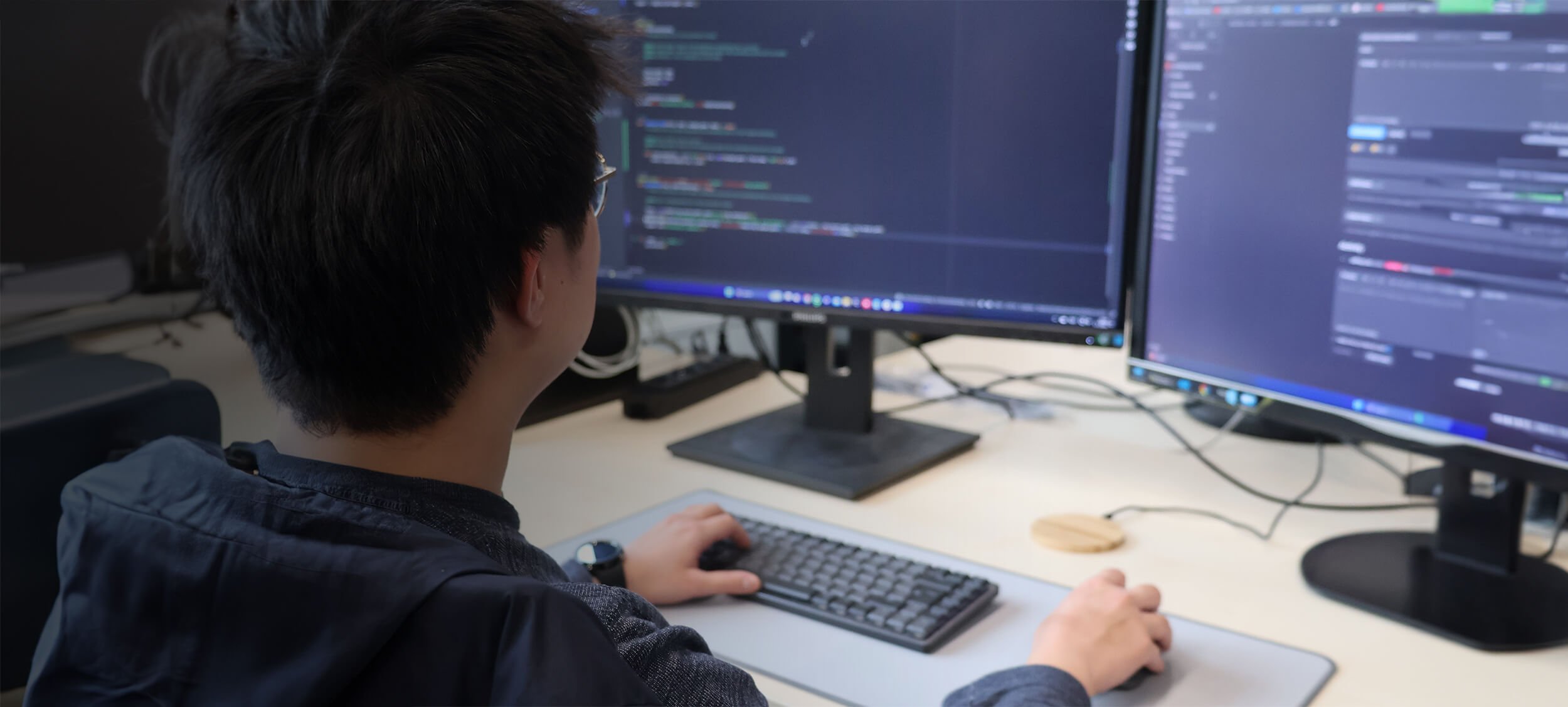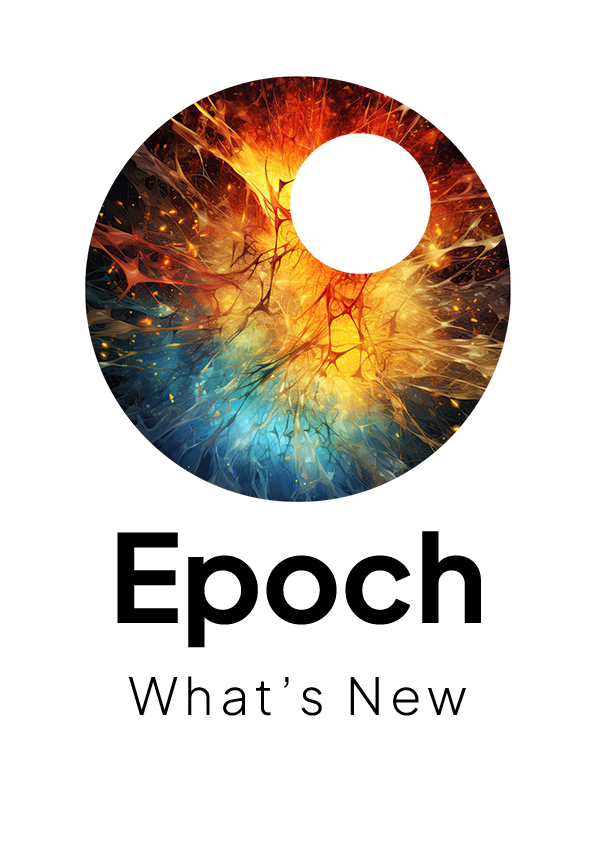
Mapping Kelp Forests
Competition
TU Delft Student Team beats the world's top in AI competition
Location: TU Delft Dream Hall
Date: 22-02-2024
Students from the TU Delft Artificial Intelligence Dream Team Epoch achieve 1st place in an international AI competition with the goal of developing a model that assists researchers in monitoring kelp forests.
Dream Team Epoch from the Delft University of Technology has achieved an exceptional feat in a competition hosted by the Woods Hole Oceanographic Institute. They developed the winning model and defeated 670 participants including senior AI experts, oceanographers, and satellite experts. The model they developed is intended to help researchers study the biodiversity and resilience of ecosystems in the sea.
This competition highlights the growing role of AI in solving complex societal issues. The goal of the competition was to map the presence of kelp forests using satellite images. These indispensable forests are facing increasing threats from climate issues and overfishing. The decline of kelp can have serious consequences for the health of the ocean and the food supply of numerous marine herbivores. Moreover, the conservation of these algae species plays a crucial role in storing CO2.
What made them the best performing team? Team Epoch is now familiar with such competitions, participating in 4 per year. In this competition, they developed a modular pipeline based on their knowledge. This process is quite unique and seems to be a promising formula for future competitions. The team also made use of formulas typically used by seaweed and satellite experts.
Since the team built the winning model, their work will also be used for further research. An achievement that fully aligns with their main goal as a team, namely "Contributing to a positive development of AI".
In addition to monitoring kelp forests, the team is also investigating the potential applications of AI in healthcare, such as improving sleep studies in children. They are also currently exploring the possibilities of AI in contributing to transparency in government by addressing challenges such as the Open Government Act (WOO). These topics are always chosen based on the UN Sustainable Development Goals.

The power of AI in DesAIgn
Interview
Mouse clicks, the clickety-clack sounds of computer keyboards, the flashes as different screens are opened on several laptops in the TU Delft library. Here, people are working, writing, designing, and creating. So much of the work done in design is still done by humans, but artificial intelligence is on the rise.
ChatGPT can write articles in just seconds whilst Photoshop can generate photos of objects without the need of a camera. Human creativity is confronted with AI, which raises the question: Can the rise of AI amplify design skills or will it overpower human skill?
Generative AI infiltrating jobs
Generative AI is a form of AI that can produce multiple types of content, varying from essays, images, and translations to artworks, within mere minutes. According to the BBC, jobs mentioning AI have globally doubled in the past two years, and seeing as AI still has a lot of potential, this number will only increase (Shah, 2023).
Finding balance
AI programs are easy to use and the basic features remain accessible and free of charge. So how can designers stay unique or authentic? Remaining critical of the products generative AI produces is crucial, Sophia de Gaay Fortman, an Industrial Design student at TU Delft says. “Instead of copying what AI produces, there are several creative ways to use AI as a tool instead of a producer,” she says.
Beyond Pretty pictures
However, with deep learning, AI can continue improving and learning from human critique and if everyone is using AI, how do you ensure that AI remains its status of being “just a tool”? The challenge lies in embracing AI’s efficiency while keeping the human element in design.“AI can generate aesthetic images which is only a part of the creative process,” Visual Designer Emile of the AI Dream Team from the TU Delft says. “[if] you want to tell a story, brand a company, [in short] make the images useful, you want to put it in context. Everything around the image is what is way more important than just a pretty image. This is where a designer is needed.”
Evolution not replacement
Inventions like AI have the potential to change art, not to replace it or its artists. A painter did not throw down his brush just because the camera was invented. “They started looking for other ways to differentiate their paintings. So they started to paint more abstractly, Something a camera isn’t able to do,” Emile says.
“It’s not per se a matter of whether a human can be better. For me, it’s more about how a human can be different.
Be that as it may, some argue that one day, AI will make humans incompetent. Emile is not worried by this. “It’s not per se a matter of whether a human can be better. For me, it’s more about how a human can be different.”
He explains: “Since we will enter a decennium where AI art will become a standard [...] it will bloom short but after that, there will be a need for novelty which, up until now, can only be realised by humans. AI is also trained on human input after all.
Education: artists and AI united
Seeing as AI takes a role in design, education on how to use AI is of the essence. “I think I would start by explaining how AI works and how to be critical of AI and what mistakes it can make. Then maybe teach about how to use it creatively and then give the freedom to do your assignment with AI in a creative way,” Sophia says.
Shah, B. S. (2023, December 5). What do employers expect staff to know about AI? BBC News. https://www.bbc.com/news/business-67378441

Nebul’s NVIDIA DGX
Collaboration
Dream Team Epoch of the TU Delft participated in a competition hosted by Woods Hole Oceanographic Institution (WHOI). The team used machine learning analysis of satellite imagery to map the presence and absence of giant kelp forests. These crucial canopies, visible even from space, were classified through an AI model, enhancing the scope and cost-effectiveness of the research.
The pivotal aspect of their success was hyperparameter optimization, a process aimed at fine-tuning machine learning models for optimal performance. Nebul partnered with Team Epoch and provided the team with access to one of their cutting-edge NVIDIA DGX systems, revolutionizing the speed of their computations.
Previously, on Epoch’s workstations, test runs took up to four hours each. With Nebul's DGX, these same computations were completed in a mere 15 minutes, resulting in a remarkable 16x acceleration in the hyperparameter optimization process.
Team Epoch used the DGX for one week. Beforehand, they planned out their time, wrote their code and produced their first models. During the week with access, they were constantly testing new combinations and different parameters. The efficiency of the DGX, however, posed a positive challenge, as it outpaced the team's ability to conceive new parameters to test.
Epoch WINS AI Competition with Nebul's NVIDIA DGX Acceleration
Hyperparameter optimization with lightning speed
When the results of the competition were revealed, it turned out that Team Epoch had 9 winning submissions. The highest-scoring entry was realized on the final day of DGX access.
Team members Hugo de Heer and Jasper van Selm claim that being able to use the DGX is one of the main reasons that the team became top of the leaderboard, beating 670 participants including Senior AI engineers, satellite experts, and ocean researchers.
De Heer underscores: "Nebul helped set up the whole system within an hour," while van Selm emphasizes the rarity of obtaining full access to the DGX, enabling the team to tailor their setup precisely to their needs.
Nebul's NVIDIA DGX played a pivotal role in Team Epoch's win, providing an acceleration in computational capabilities and propelling them to victory.



